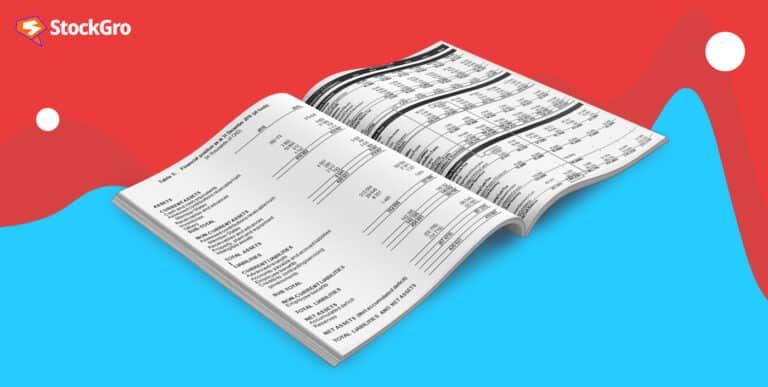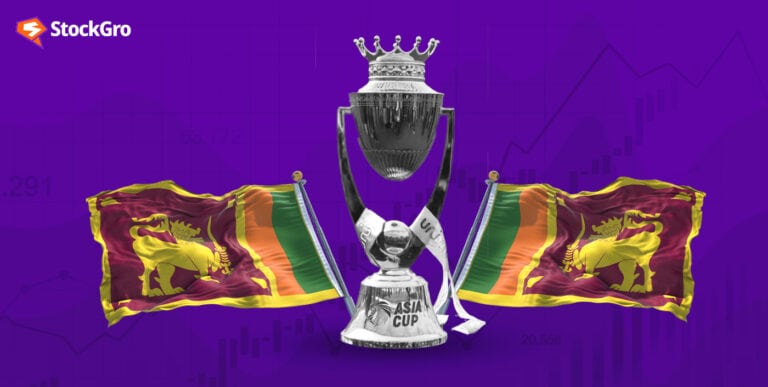
A good portfolio is always a combination of investments in different assets – shares, cash, and fixed-income securities like bonds. Each asset has unique features, and the right proportion of investment in each helps to reduce risks.
The fundamental idea of investing in bonds is to generate a stable and secure source of income with less risk. So, while putting your money there, it is necessary for you to know how profitable this can be.
Here is where the concept of YTM is essential.
What is Yield to Maturity?
Yield to Maturity, meaning yield earned until the time of bond validity, helps in calculating the total amount of return that can be earned out of an investment.
Used specifically to calculate the return on fixed-income bonds, YTM determines the overall earnings including interests and principal amounts, considering they have all been paid in full.
A great tool that helps compare the earning and profit potential of different bonds, YTM calculation is a fundamental skill that investors should possess.
You may also like: Dividend Rate vs. Dividend Yield
Assumptions while calculating YTM
For the purpose of YTM calculation, the below assumptions are made.
- The investor holds the bond without redeeming it until maturity.
- All interest payments and principal amounts are paid on time and in full by the bond issuer.
- All interest payments received by the investor are invested back in the bond until maturity.
Components involved in computing YTM
- Face Value – Indicates the worth of the bond at the time of maturity.
- Coupon/Interest Rate – Rate of return an investor gets at specific intervals for investing in bonds.
- Maturity – Bond Validity, after which the bond expires.
- Bond Price – Current market value of the bond.
Different scenarios in computing YTM
Bond at Par – The bond price or market value is equal to the face value of the security (ignore decimal differences).
Here, the amount required to purchase the bond equals the principal amount repaid during maturity.
Example:
FV of Bond = ₹ 100
Bond Price = ₹ 100
At Premium – The bond price or market value is more than the face value of the security.
Here, the principal amount recovered during maturity is less than the amount invested to purchase the bond.
Example:
FV of Bond = ₹ 100
Bond Price = ₹ 120
At Discount – The bond price or market value is less than the face value of the security.
Here, the principal amount is greater than the amount paid to purchase this security, generating better income for investors who buy bonds at a discount.
Example:
FV of Bond = ₹ 100
Bond Price = ₹ 80
How to calculate Yield to Maturity?
Below are ways to calculate YTM
Ø Calculation of YTM through approximation.
Using this formula gives an approximate rate of return with slight decimal differences.
YTM Formula = {C + [(F-P)/n)]} / {(F + P)/2}
C = Coupon (In ₹)
F = Face value
P = Market value or bond price
n = Number of years to maturityExample: 10% ABC LTD 2028, FV = 100, P = 98
The coupon is calculated against face value.
C= FV * Coupon Rate = 100*10% = ₹10
YTM = {10 + [(100-98)/5)]} / {(100 + 98)/2}
YTM = 10.004 % ~ 10%
Ø Calculation of YTM using trial and error
P = C1/(1+i)^1 + C2/(1+i)^2 + C3/(1+i)^3 + ……+ Cn/(1+i)^n + FV/(1+i)^n
C = Interest in ₹
i = YTM rate
P = Bond price
FV = Face Value.
In this method, YTM is unknown, and P is known. So, you substitute known values in the equation and try different values of 'i', until the equation results in the bond price
Considering the same example as above:
C= ₹10, FV = 100, P = 98, n = 5
98 = 10/(1+10%)^1 + 10/(1+10%)^2 + 10/(1+10%)^3 + 10/(1+10%)^4 + 10/(1+10%)^5 + 100/(1+10%)^5
98 = 10/1.1 + 10/1.21 + 10/1.331 + 10/1.4641 + 10/1.61051 + 100/1.61051
98 = 9.09 + 8.26 + 7.51 + 6.83 + 6.21 + 62.09
Considering YTM to be 10%, we get a value of ₹ 99.99, slightly greater than 98.
So, we will have to recalculate with another number.
Keeping these 3 points in mind will help in finding the bond YTM faster.
Bonds at par: YTM ~ Coupon Rate
Bonds at a discount: YTM > Coupon Rate
Bonds at a premium: YTM < Coupon Rate
What are SGB bonds?
SGB stands for Sovereign Gold Bond. This is a government bond, and the Reserve Bank of India (RBI) is the authorised issuer of this security.
Each gram of gold is considered one unit, and an individual investor can hold up to a maximum of 4 kg.
The SGB price of each unit is based on the market value of 999 gold as of that date.
The maturity of these bonds is eight years, but if investors wish to redeem earlier, they may do so after a lock-in period of 5 years.
Also Read: SGBs: A smarter way to invest in gold
This transaction with the government does not transfer any physical gold but deals only in cash.
A fixed rate of 2.5% per annum on the initial investment is paid to investors as a return on these investments, and this interest amount is credited semi-annually.
While this has most of the features of a regular bond, it is not within the purview of YTM computation, as the face value or the redemption value at the time of maturity is unknown.
The redemption value of these bonds is calculated based on a 3-day average market rate of gold at the time of maturity.
Bottomline
YTM is a significant tool in analysing return on investments, as it considers the current and the future value of income expected.
It helps investors make well-informed decisions, as they know the expected returns beforehand.
While YTM has these benefits, it has certain limitations as well.
YTM is based on multiple assumptions as discussed above. As the word suggests, these are only assumptions and investors/bond issuers may or may not stick to them. YTM does not consider taxes and other costs investors incur during the trading of bonds, leading to inappropriate calculation of returns.
Hence, it is better to use YTM as a guide with other tools rather than using it as a tool to determine assured earnings.

